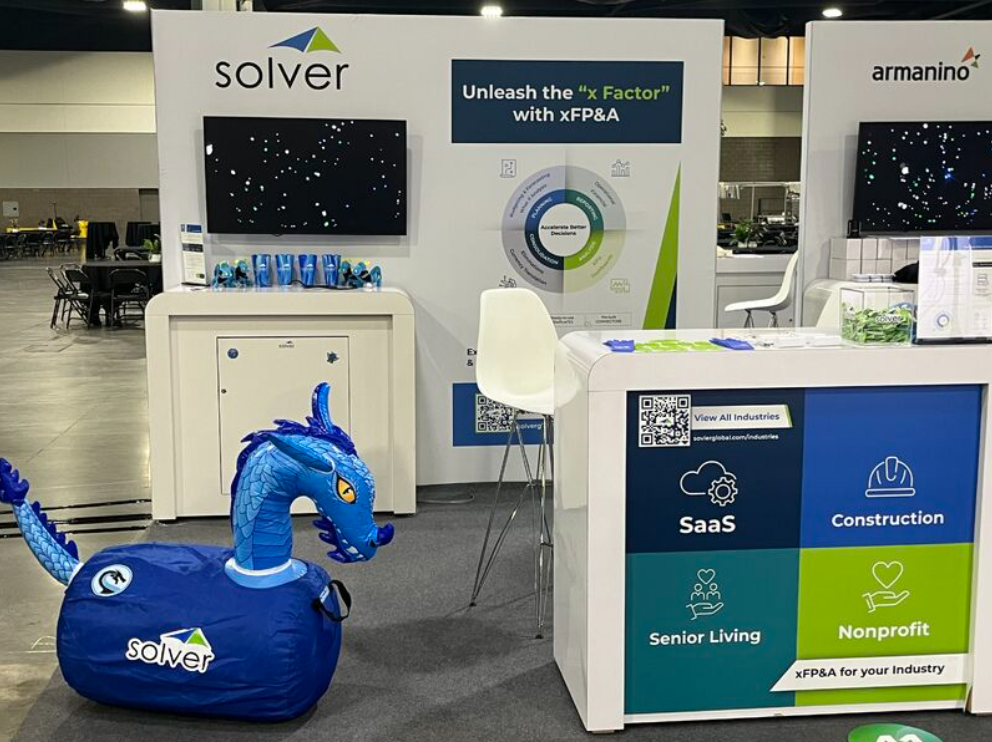Firms have had to implement a huge number of changes in the past year, typically with very little warning. While the demands of the pandemic may be unusual, change is nothing new – for the past decade, firms have been forced to make continual alterations in systems and technology in order to remain competitive.
But just because change is common, that doesn’t mean it’s easy. Even harder is implementing lasting change that will help transform your organization into a modern firm ready to adapt to an evolving business environment. Successful modifications require an effective change management plan.
While making a plan may sound simple at first glance, too many firms fail to stop and consider why they’re making changes and, in the process, ignore the impact of those changes on their people. If you want to implement change that sticks, you need to understand your goals and align your team with your plan for achieving them.
The Human Element of Change Management
Whether big or small, change can be difficult for your staff. Even if you know what you want to accomplish and have aggressive goals in rolling out new technology, your plan won’t succeed if you don’t take your people into account. With every new change, there is a curve – which, ironically, has the opposite shape of an adoption curve. It is the perfect example of the saying, “Things will get worse before they get better.”
When it comes to new technology in particular, your users will require an adjustment period while they relearn what was once routine and understand how the change fits into their daily lives. They aren’t going to love the loss of feeling like experts in their roles, even if they can see the benefits the change will bring…eventually. Firms can easily underestimate this part of the process, even though your staff will ultimately determine whether a change succeeds or fails.
Change management is not merely about executing a series of steps. It’s also about recognizing the vulnerability in your team, your clients, and even yourself. Change requires everyone abandoning their comfort zones, so it’s more likely to succeed if everyone understands and appreciates why you’re implementing the changes you’re making.
What’s Driving Your Change?
Before you can implement lasting change, you need to understand why you’re looking to make a move in the first place. If you don’t have a compelling reason for change, it’s unlikely to stick.
Contrary to popular belief, firm growth and added revenue are not the most compelling reasons for your team to change with you. While everyone naturally wants to build business and make more money, if those are the only reasons for implementing change, you may struggle to get your people on board.
What you need to do is determine what your core values are as a firm and how those relate to the change you’re trying to implement—and then help your team understand how the change affects them. It all comes down to authenticity and the vision you have for your firm. An authentic vision is something that will grab your staff and compel them to want to adopt the change you’re making. Wanting your firm to grow can be very compelling for an employee if it ties into your core values as a firm and they believe in those values and your vision and know how they fit into it. When they understand why they’re doing it, they’re more likely to overcome the innate resistance to change.
Every firm’s why will be unique. You need to figure out your own why for yourself before you can undertake change management.
Becoming a Modern Firm
One of the common driving factors behind implementing change is the desire to become a modern firm, but what exactly does that mean? What might have been a modern firm five years ago or even just a year ago is not necessarily modern today.
Being a modern firm means that you’re not only embracing all the tools and options available to you, but that you’re also looking to adapt to an evolving business environment. Modern firms have the ability to pivot and aren’t afraid to change. If change is a part of your culture, you’ll have cultivated a strong process that keeps your firm agile. Change should be aimed at implementing the best possible way to do things today. For traditional firms, that means challenging if you’re wedded to established legacy processes that may not scale and grow.
Modernizing isn’t about a specific tech stack or a certain way of standardizing business. It’s about a mindset and a willingness to adopt, adapt, and change. When that mindset matches the why behind the change you’re looking to achieve, you’re ready to start implementing your change.
Implementing Change Management
No firm is capable of implementing real change overnight. Successful change management involves having a plan and then getting your team to align with that plan.
Many firms make the mistake of forcing change without stopping to assess how that will impact their people or their firm. Take something like moving to an automated bill pay system – this may seem like a simple shift at first glance, but your bill pay system likely connects to several other systems and processes within your firm. Assessing those connections first will identify bigger revisions you’re making in your workflows and allow you to standardize automation across the firm.
You might understandably be excited about implementing a new solution and the benefits you hope to get from it, but it’s critical to make a plan before you jump in. Step back from the immediate gains you can already see and really assess the adaptations you need to put in place across the board to benefit the firm in the long run.
Once you have your plan, the second major piece of implementation is getting your team on board with the change. This goes back to the human element – the change management curve is a learning curve. As soon as you introduce a new piece of automation, or really any change, there will be a natural dip in productivity as your staff adjusts and adapts.
Solid communication and training are key to successful implementation. The goal is to get your staff through the difficult part of change to the point where they feel like experts again. That’s when productivity levels will not only rebound, but increase due to what you’ve implemented, and you’ll start seeing the benefits you wanted from the beginning.
The Takeaway
Change management can be an ambitious undertaking, but it’s important to remember the biggest piece of any change management plan: your people.
When you’ve thought of changes you want to make, take the time to communicate them to your team and get everyone on the same page. Communication is more than just telling, it’s also about listening and asking the right questions. You may be surprised by the feedback you get, and that can help you avoid forcing a change your employees dislike and may never successfully adopt.
Change is always hard, but you can make it easier by understanding the why behind your change, crafting a solid change management plan around it, and aligning your team with the vision you’re trying to achieve.
===========
Jeannie Ruesch works as the director of marketing at Bill.com and has been in the accounting industry for more than seven years. She previously worked at Xero and The Sleeter Group. She has more than 20 years’ experience in brand creation and strategy, design, social media development, demand gen, and customer marketing. She’s a tech geek at heart, an author, an award-winning graphic designer, and loves finding ways to help customers solve problems.
Thanks for reading CPA Practice Advisor!
Subscribe Already registered? Log In
Need more information? Read the FAQs
Tags: Accounting, Benefits, Firm Management





![LBae43Bh_400x400[1]](https://www.cpapracticeadvisor.com/wp-content/uploads/2022/04/LBae43Bh_400x400_1_.5fd8087c94530.png)